.jpg)
Bhai Dooj, also known as Bhai Phota, Bhau Beej, Bhai Tika, or Bhai Tihar, is a cherished Hindu festival that celebrates the sacred bond between brothers and sisters. The term is derived from “Bhai” (brother) and “Dooj” (the second day after the new moon).
Falling on the second day of Kartik Shukla Paksha in the Hindu calendar, Bhai Dooj marks the conclusion of the five-day-long Diwali festivities. On this day, sisters pray for the well-being, prosperity, and long life of their brothers by performing the tilak ceremony, while brothers in turn promise protection and express their love through gifts.
The festival is not only about rituals but also about strengthening family ties, spreading joy, and celebrating siblinghood across regions in India and Nepal.
When Is Bhai Dooj? (Date, Timing, Muhurat/Tithi)
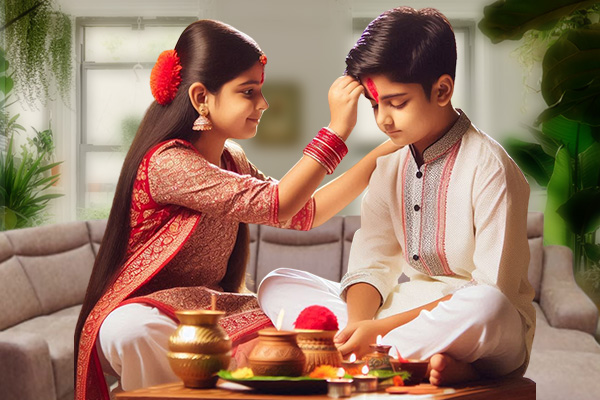
Bhai Dooj marks the end of the five-day-long Diwali celebrations, which generally falls on the second day after the new moon or Amavasya of the Shukla Paksha in the Hindu month of Kartik. This year, Bhai Dooj will be celebrated on Thursday, October 23, 2025, the last day of Diwali festivities.
Bhai Dooj on Thursday, October 23, 2025
Bhai Dooj Aparahna Time – 12:34 PM to 02:51 PM
Duration – 02 Hours 17 Minutes
Yama Dwitiya on Thursday, October 23, 2025
Dwitiya Tithi Begins – 08:16 PM on October 22, 2025
Dwitiya Tithi Ends – 10:46 PM on October 23, 2025
Rituals & Puja Vidhi
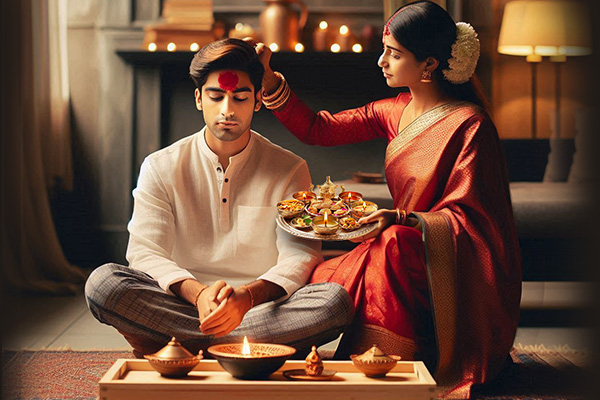
Bhai Dooj rituals are performed with devotion and joy, as they symbolize protection, prosperity, and the sacred sibling bond.
Step-by-Step Ceremony
- Preparation of Puja Thali – Sisters decorate a thali with diya, roli, chawal, sweets, and a coconut.
- Tilak Ritual – The brother is seated facing east or north, and the sister applies tilak on his forehead.
- Aarti and Prayers – She performs aarti while chanting protective mantras for her brother’s long life and happiness.
- Offerings – Coconut, sweets, and home-cooked delicacies are offered to the brother.
- Exchange of Gifts – Brothers express gratitude by giving gifts to their sisters, symbolizing love and protection.
Puja Samagri (Essentials for the Ceremony)
- Puja thali with diya (lamp)
- Kumkum / roli
- Akshat (unbroken rice grains)
- Chandan (sandalwood paste)
- Ghee diya for lighting
- Coconut
- Sweets and fruits
Bhai Dooj Mantras
General Mantra:
गंगा पूजा यमुना को, यमी पूजे यमराज को।
सुभद्रा पूजे कृष्ण को, गंगा यमुना नीर बहे।
मेरे भाई आप बढ़े, फूले फलें॥
Translation: Just as Ganga worships Yamuna, Yami worships Yamraj, and Subhadra worships Krishna, may my brother flourish like the sacred waters of Ganga and Yamuna, blessed with growth, prosperity, and happiness.
Bengali Bhai Phota Mantra:
ভাইয়ের কপালে দিলাম ফোঁটা,
যমের দুয়ারে পরল কাঁটা।
যমুনা দিল যমকে ফোঁটা,
আমি দিলাম আমার ভাইকে ফোঁটা।
ভাই যেন হয় লোহার ভাটা॥
Translation: I place the ‘phota’ (tilak) on my brother’s forehead, just as Yamuna placed one for Yam. May my brother be blessed with strength, protection, and longevity, as strong as iron.
Bhai Dooj Vrat Vidhi
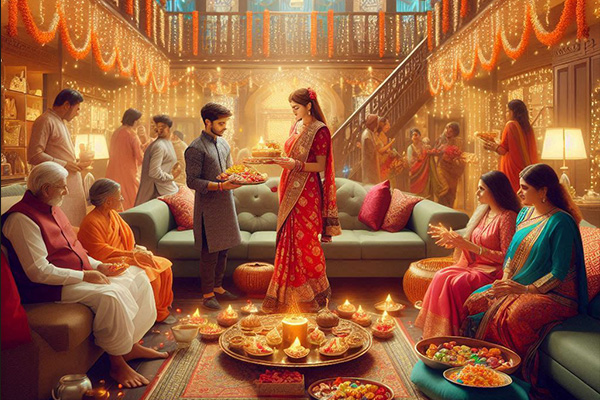
The brothers and sisters of a family observe a fast on Bhai Dooj until the arrival of the Shubh Muhurat. At the auspicious time, the sister performs the puja by applying tilak on her brother’s forehead and presenting him with a coconut. After the rituals, they share sweets to break the fast together. Traditionally, the sister prepares Satvik (purely vegetarian) delicacies, and the siblings sit together to enjoy the meal, making the occasion a heartfelt celebration of love and togetherness.
Legends & Vrat Katha
Bhai Dooj is deeply rooted in mythology, with stories that highlight the sacred bond between brothers and sisters. Two of the most well-known legends are associated with this festival.
The Story of Yamraj and Yamuna
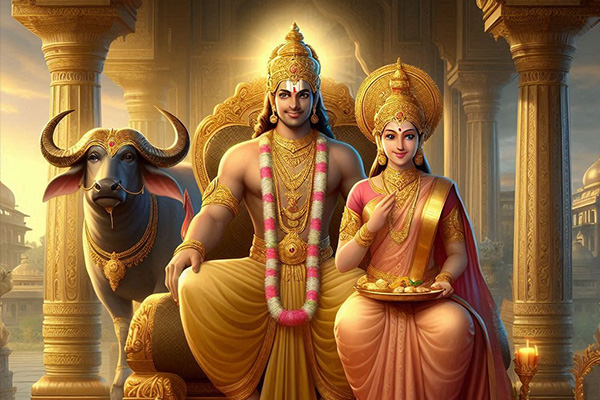
According to Hindu scriptures, Yamuna, the sister of Yamraj (the God of Death), longed to see her brother. On the Dwitiya day of Kartik Shukla Paksha, Yamraj visited Yamuna after a long time. She welcomed him warmly, applied tilak on his forehead, performed aarti, and offered him food. Deeply moved by her affection, Yamraj granted her a boon that any brother who receives tilak from his sister on this day will be blessed with long life and protection from untimely death. Since then, the ritual has been observed as Bhai Dooj, also known as Yama Dwitiya.
The Story of Krishna and Subhadra

Another story links Bhai Dooj with Lord Krishna. After slaying the demon Narakasura, Krishna returned home victorious. His sister Subhadra welcomed him with aarti, applied tilak on his forehead, and prayed for his well-being. Krishna, touched by her devotion, blessed her and made the ritual of sisters applying tilak on their brothers a sacred tradition.
Cultural Significance
These legends symbolize the values of longevity, protection, and sibling love. The tilak ritual performed by sisters is not just a prayer for their brothers’ health and prosperity but also a reminder of the eternal bond of love and care between siblings.
Regional Variations
Bhai Dooj is celebrated across India and Nepal with different names and customs, yet the essence of sibling love remains the same.
Bhai Phota (West Bengal)
In Bengal, Bhai Dooj is known as Bhai Phota. Sisters apply a special tilak, called phota, on their brothers’ foreheads while chanting traditional mantras for their protection and long life. A festive meal is prepared, and the day is marked by joy and family gatherings.
Bhau Beej (Maharashtra and Goa)
In Maharashtra and Goa, the festival is called Bhau Beej. Sisters invite their brothers for a grand feast that often includes sweets like basundi and puran poli. The rituals are similar, with tilak, aarti, and exchange of gifts forming the core of the celebration.
Bhai Tika (Uttar Pradesh and Bihar)
In Uttar Pradesh and Bihar, Bhai Dooj is popularly known as Bhai Tika. Here, sisters apply a five-colored tilak on their brothers’ foreheads, symbolizing protection from evil and blessings for long life. The ceremony is followed by festive meals and gift exchanges.
Bhai Tihar (Nepal)
In Nepal, the festival is an important part of the five-day-long Tihar celebrations. Known as Bhai Tihar, it involves elaborate rituals, a grand feast, and the tilak ceremony. Sisters pray for the prosperity and happiness of their brothers, while brothers vow to protect their sisters.
Holi Bhai Dooj
Apart from the Kartik Shukla Dwitiya celebration, some regions also observe Holi Bhai Dooj, which falls on the second day after Holi in March. While the rituals are similar- tilak, aarti, and exchange of gifts, Holi Bhai Dooj is celebrated in a more light-hearted and playful manner, reflecting the joyous spirit of Holi, in contrast to the more devotional and traditional Bhai Dooj after Diwali.
History & Significance
The origins of Bhai Dooj date back to ancient times, when scriptures and legends highlighted the sacred relationship between siblings. Stories of Yamraj and Yamuna, and Krishna and Subhadra, emphasize the spiritual importance of sisters praying for the welfare of their brothers and brothers promising to protect their sisters.
Over the centuries, Bhai Dooj has come to symbolize values that are central to family life in Indian culture. It represents:
- Family Bonding – A celebration of love, unity, and togetherness among siblings and extended families.
- Longevity and Protection – The tilak ritual is believed to protect brothers from evil and grant them a long, prosperous life.
- Prosperity and Happiness – The blessings exchanged during the festival are thought to attract wealth, harmony, and good fortune.
Thus, Bhai Dooj is not just a festival of rituals but also a reminder of the importance of nurturing family relationships and passing on traditions that strengthen the fabric of society.
Bhai Dooj Products & Services from Rudra Centre
To make your Bhai Dooj celebrations more auspicious and spiritually fulfilling, Rudra Centre offers a range of sacred products that enhance the rituals and carry divine blessings.
Silver Puja Thali –
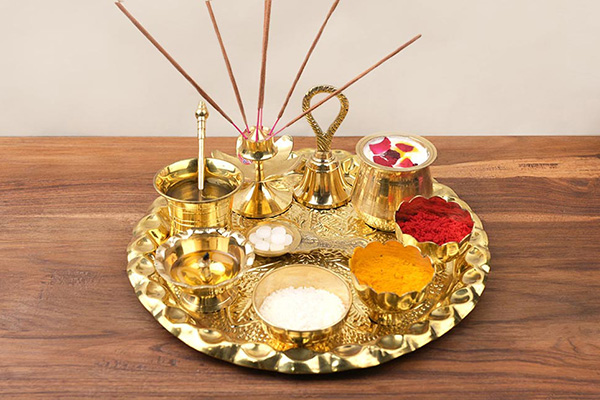
Specially curated silver thalis with diya, roli, chawal, and essential puja items to perform the Bhai Dooj ceremony with devotion and ease.
Tilaks –

Traditional kumkum, roli, and chandan tilaks that are integral to the tilak ritual, symbolizing protection, purity, and blessings.
10 Mukhi Rudraksha –
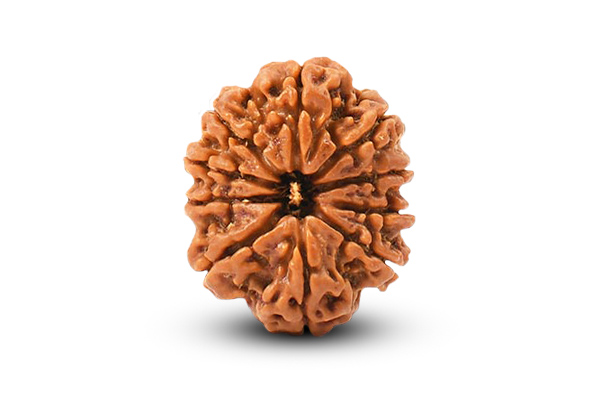
Associated with Lord Vishnu and Lord Krishna, this powerful bead provides protection from negative influences, ensures harmony, and invokes divine blessings, making it a meaningful gift for Bhai Dooj.
Shaligram –
A sacred stone representation of Lord Vishnu, Shaligram is highly revered in Hindu tradition. Keeping or gifting a Shaligram is believed to attract divine protection, prosperity, and spiritual harmony. It is considered a symbol of auspiciousness and makes a powerful gift for Bhai Dooj, blessing the bond between siblings with strength and purity.
By including these sacred items in your Bhai Dooj rituals, you not only honor tradition but also invite prosperity, peace, and divine grace into your home and relationships.
Conclusion
Bhai Dooj is a festival that beautifully reflects the timeless love, care, and devotion shared between brothers and sisters. Rooted in ancient traditions and legends, it is not only a celebration of siblinghood but also a reminder of values such as protection, prosperity, and togetherness. Whether it is called Bhai Phota in Bengal, Bhau Beej in Maharashtra, Bhai Tika in Bihar and Uttar Pradesh, or Bhai Tihar in Nepal, the essence remains the same prayers for the brother’s long life and blessings for family harmony.
In today’s fast-paced life, Bhai Dooj gives families the opportunity to pause, celebrate, and strengthen their bonds. The rituals, exchange of gifts, and festive meals make the day memorable, while the spiritual significance ensures divine grace and blessings.
As you celebrate Bhai Dooj 2025, may the sacred bond of siblinghood continue to flourish, bringing joy, health, and prosperity into your lives.

-in-Astrology.jpg)
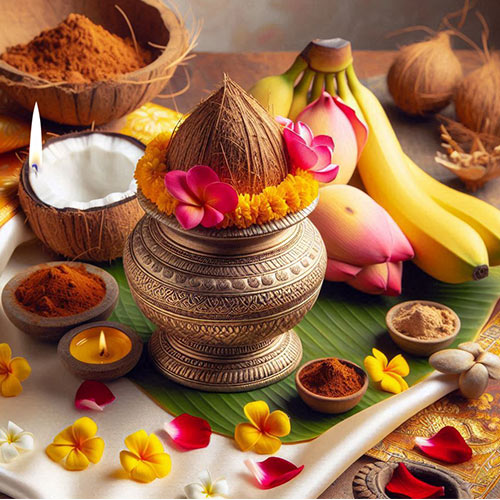
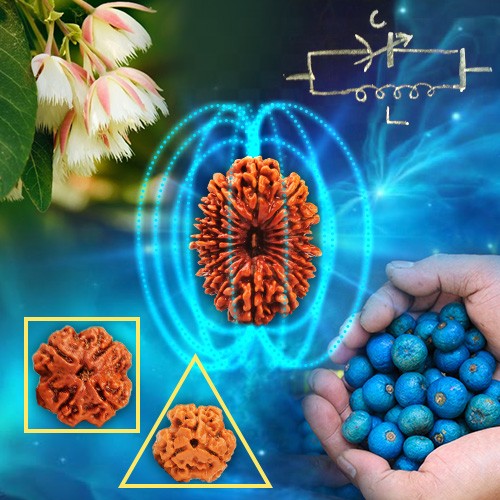
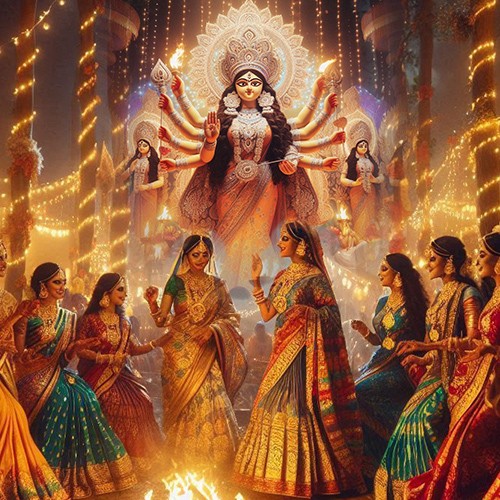


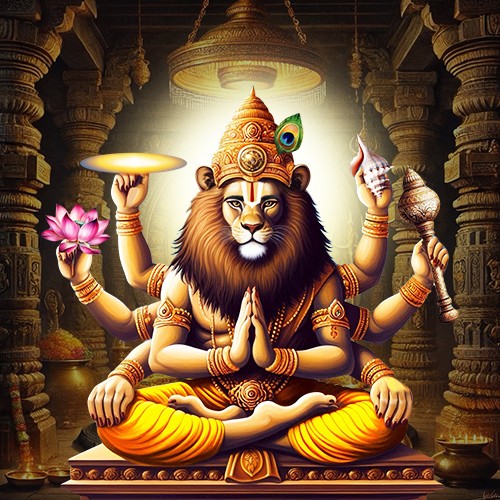
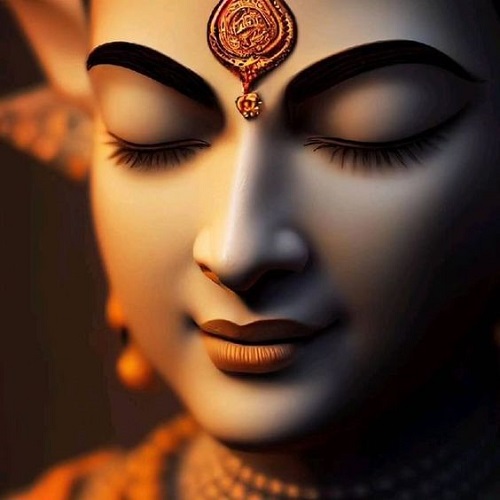
.jpg)
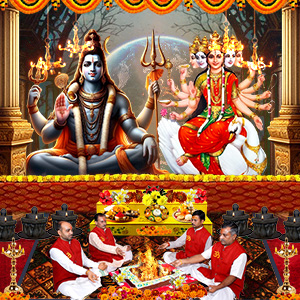
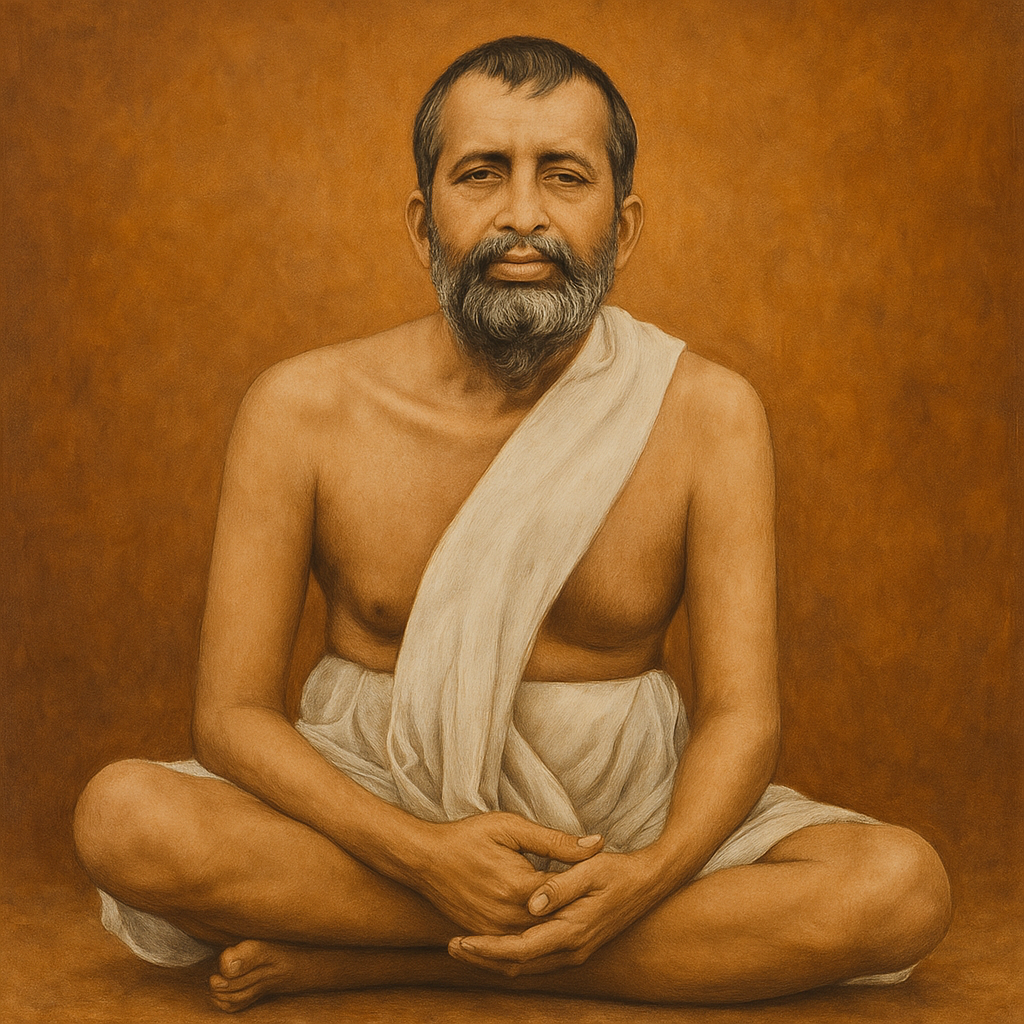
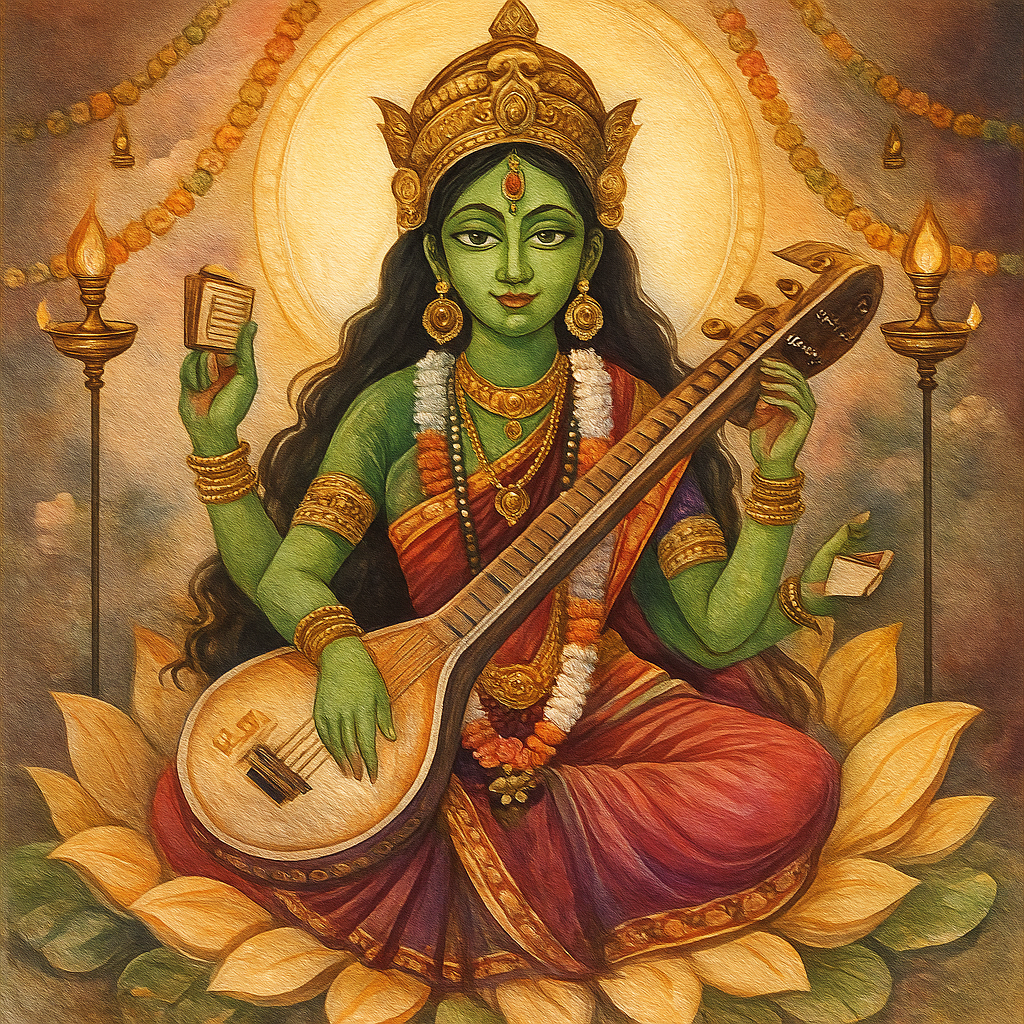
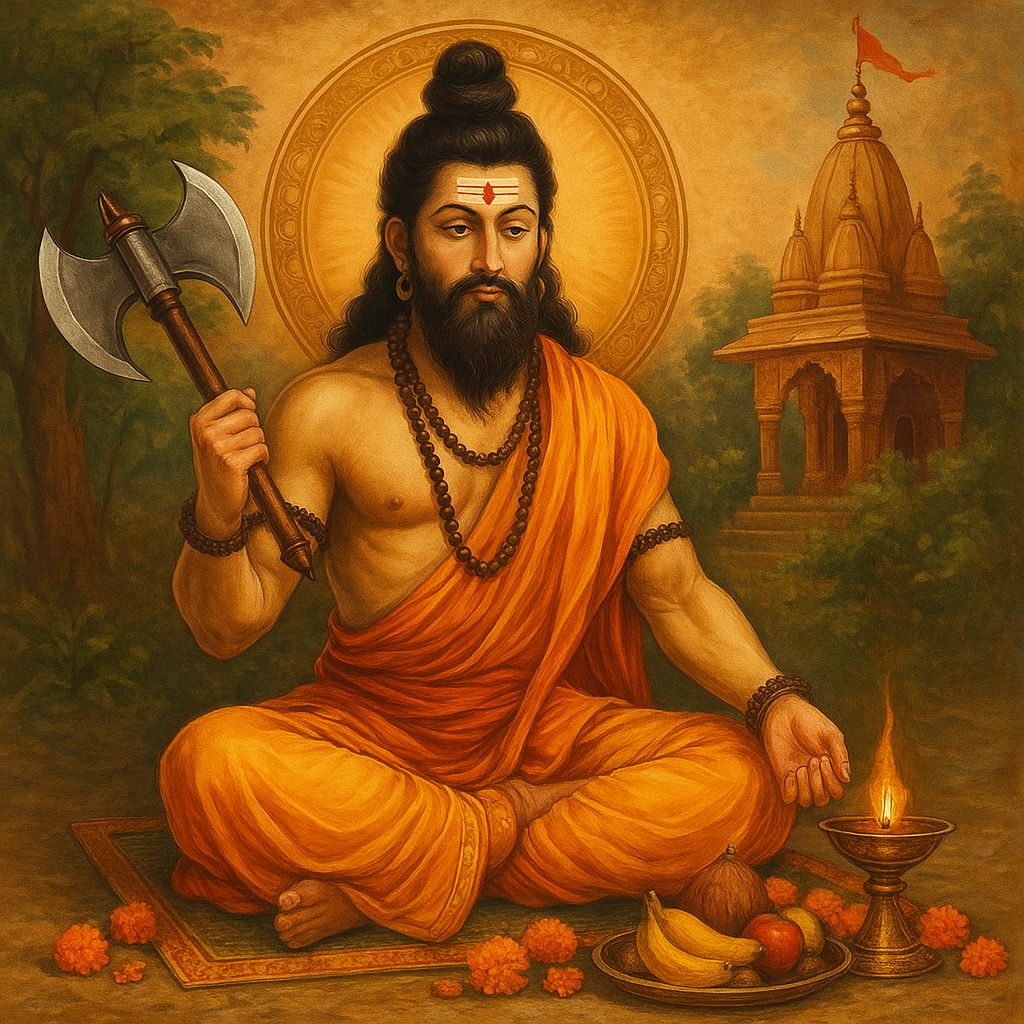
Comments 0
Leave your thought here